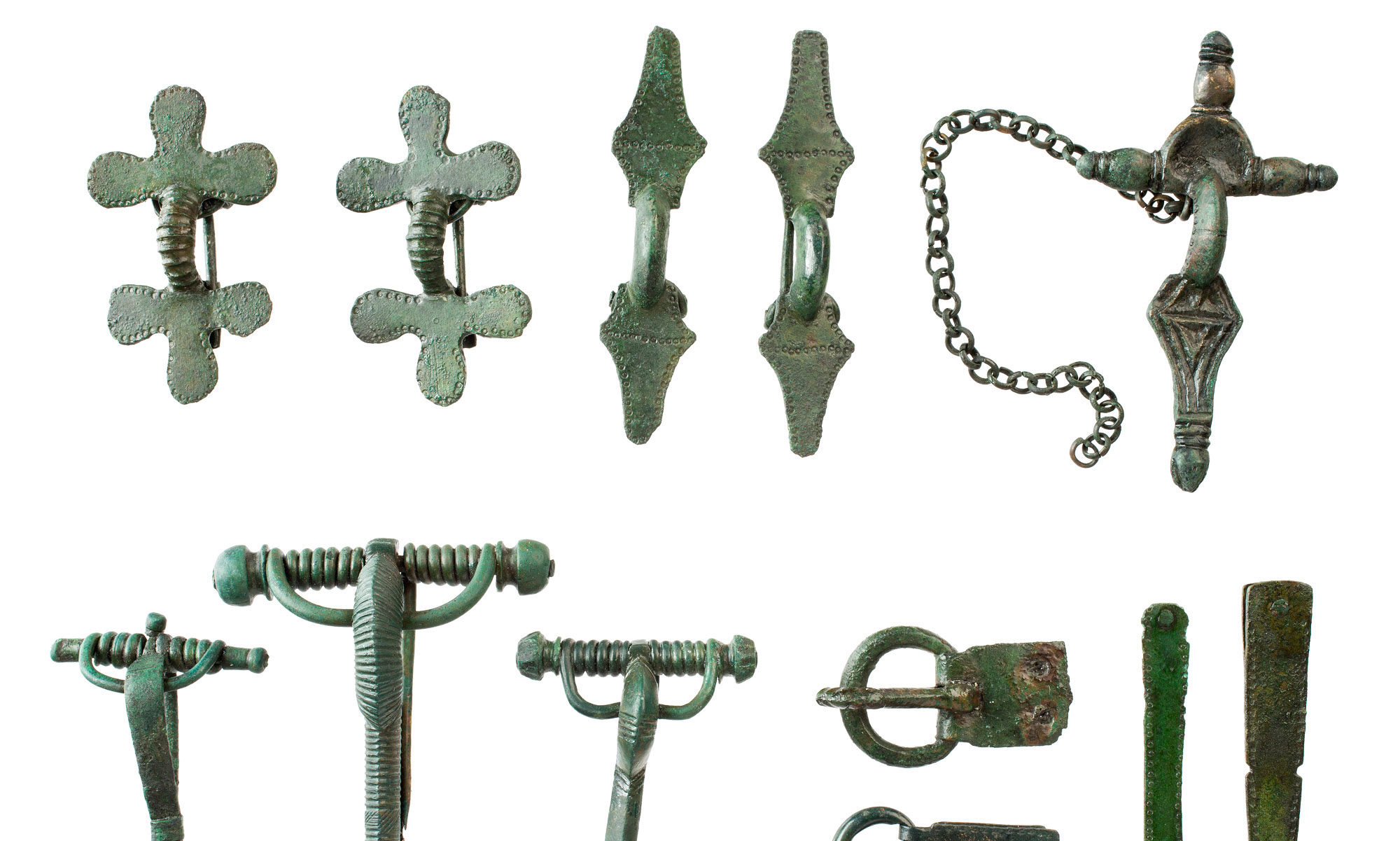Course Name: Outline of Archaeology of the Americas
Course Type: lecture
Lecturer, time & place: see course schedule
During the course, an outline of the archaeology of North, Central and South America will be offered, focusing on the most developed cultural regions of the two continents, i.e. Mesoamerica and the Central Andes. The most important processes such as populating of the Americas, domestication of plants and animals, introduction of metallurgy, and intercultural or interregional contacts will be discussed. The major topics include: archaeology of the Americas: history of research; division into geo-cultural regions; populating of the Americas; domestication of plants and animals; introduction of pottery and metallurgy; characteristics of the most important pre-Columbian cultures of North, Central and South America; the Conquest of the New World; Polynesia: populating, cultural diversity, possible contacts.
Syllabus:
- Archaeology of the Americas – introduction, outline of research history, achievements by Polish researchers.
- Populating of the Americas – discussion on existing theories.
- Division of the Americas into archaeological-cultural regions.
- Palaeo-Indians. Process of domestication of plants and animals.
- Introduction of pottery and beginnings of metallurgy.
- North America: Northwest Coast Cultures.
- North America: Woodland Cultures.
- North America: Mound Builder Cultures.
- North America: Southwest Cultures.
- Central America: the first civilisations of Mesoamerica.
- Central America: civilisation of the Maya.
- Central America: the Azteca Empire – expansion and fall.
- South America: the Pre-Pottery Period and the Initial Period.
- South America: the Early Horizon – Chavín de Huantar.
- South America: the Early Transitional Period – Paracas/Nasca, Moche.
- South America: the Middle Horizon – great civilisations: Tiwanaku and Huari.
- South America: the Late Transitional Period – cultural fragmentation.
- South America: the Late Horizon – the Inca: expansion of the empire.
- Conquista – decline of the Pre-Columbian world.
- Polynesia – populating, cultural diversity, possible contacts.
Selected Reading:
Adams, R.E.W., Prehistoric Mesoamerica, 1996;
Gasparini, G., Margolies, L., Inca Architecture, 1984;
Julien, C., Reading Inca History, 2000;
Moseley, M.E., The Incas and Their Ancestors: The Archaeology of Peru, 1993;
Noble, D.G., Ancient Ruins of the Southwest: An Archaeological Guide, 2000;
Pease, F.G.Y., Craig M., Santillana, J.I., et al., The Incas: Art and Symbols, 2004;
Sharer, R.J., Daily Life in Maya Civilization, 1996;
Smith, M.E., Masson, M.A., The Ancient Civilizations of Mesoamerica: A Reader, 2000;
Thomas, D.H., Exploring Ancient Native America, 1999;
Willey, G.R., Introduction to American Archaeology, 1971.

